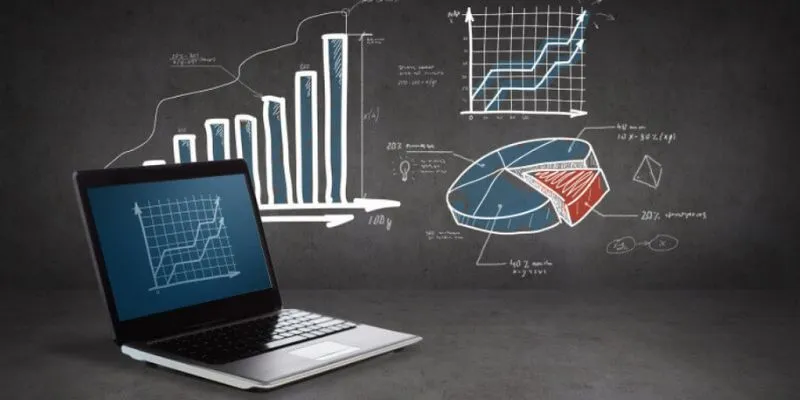
In today's data-driven world, businesses and organization generate vast amounts of data daily. However, data in its raw form is often overwhelming and incomprehensible. This is where data visualization comes into play. It transforms complex datasets into visual formats like charts, graphs, and dashboards, making them easier to understand and analyze. If you’re keen to master this skill, enrolling in a Data Analytics Course in Chennai can provide the expertise needed to excel in data visualization and analytics.
Data Visualization Important in Analytics
1. Simplifying Complex Data
One of the primary reasons data visualization is crucial is its ability to simplify complex data. Large datasets can be difficult to interpret when presented as raw numbers or text. Visualization tools convert this complexity into visual elements that are easy to comprehend at a glance. For instance, a bar chart can quickly convey sales performance trends across multiple regions, eliminating the need to analyze rows of numerical data manually.
2. Enhancing Data Insights
Data visualization helps uncover patterns, correlations, and trends that might be missed in tabular data. For example, a scatter plot can highlight relationships between variables, such as customer age and purchasing behavior. By presenting data visually, organizations can identify actionable insights more efficiently, leading to more informed decisions. For those interested in learning more about these tools and techniques, a Data Analytics Online Course is a great option to develop advanced skills.
3. Improving Communication and Collaboration
Visual data representations make it easier to communicate findings to stakeholder who may not have a technical background. Executives and team members can quickly grasp key points through visuals like pie charts or heatmaps. This fosters better collaboration among teams and ensures everyone is on the same page. Additionally, interactive dashboards enable real-time updates, allowing teams to monitor metrics and adapt strategies swiftly.
4. Supporting Decision-Making
In analytics, the ultimate goal is to drive decisions that lead to desired outcomes. Data visualization enhances decision-making by presenting data in a clear, digestible format. For instance, a line graph showing sales growth over time can guide executives in setting realistic revenue targets. Visualization tools also allow users to drill down into specifics, such as identifying the best-performing products or regions.
5. Detecting Outliers and Anomalies
Outliers or anomalies in data can significantly impact analysis and decisions. Data visualization tools like box plots or anomaly detection charts make it easier to spot these irregularities. Early detection of anomalies is especially critical in industries such as finance and healthcare, where unusual patterns could signal fraud or potential risks. Additionally, professionals aiming to strengthen their writing and analytical skills can explore a Content Writing Course in Chennai, which combines creativity with analytical precision.
6. Increasing Engagement with Data
Interactive data visualizations make analytics more engaging. Users can interact with dashboards, filter data, and explore various dimensions. This hands-on approach encourages curiosity and enables users to uncover insights independently. For instance, a marketing team might use an interactive dashboard to explore campaign performance across different demographics and channels.
7. Saving Time and Resources
Manually interpreting data from spreadsheets or reports can be time-consuming and prone to errors. Data visualization tools streamline this process by automating the creation of visuals and summarizing data effectively. This saves time and allows team to focus on analysis rather than data preparation, ultimately increasing productivity. For professionals seeking to boost their efficiency, enrolling in a Content Writing Online Course in Chennai can help enhance their ability to craft clear, impactful reports.
8. Aligning with Business Goals
Data visualization ensures that analytics efforts align with organizational goals. By presenting KPIs and metrics in an easily understandable format, teams can track progress toward objectives. For instance, a dashboard displaying customer acquisition metrics can help marketing teams adjust their strategies to meet targets. Visual data representation keeps everyone focused on measurable outcomes.
Data visualization is an indispensable part of modern analytics. It transforms raw data into meaningful visuals, enabling organizations to uncover insights, make informed decisions, and communicate findings effectively. Whether it's simplifying complex data, detecting anomalies, or aligning with business objectives, data visualization plays a pivotal role in driving success in today's data-centric world. If you want to gain expertise in this field, consider exploring an IT Training Institute in Chennai to kickstart your journey. Investing in the right visualization tools and techniques ensures that your data tell a compelling story, guiding your organization toward its goals.